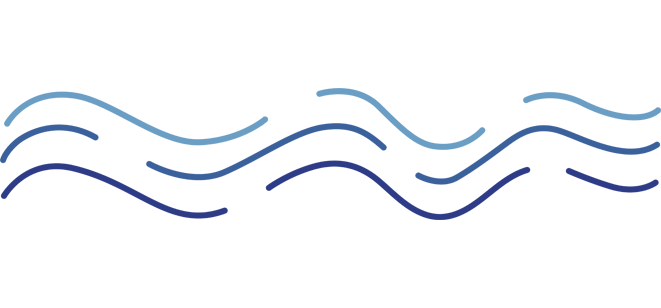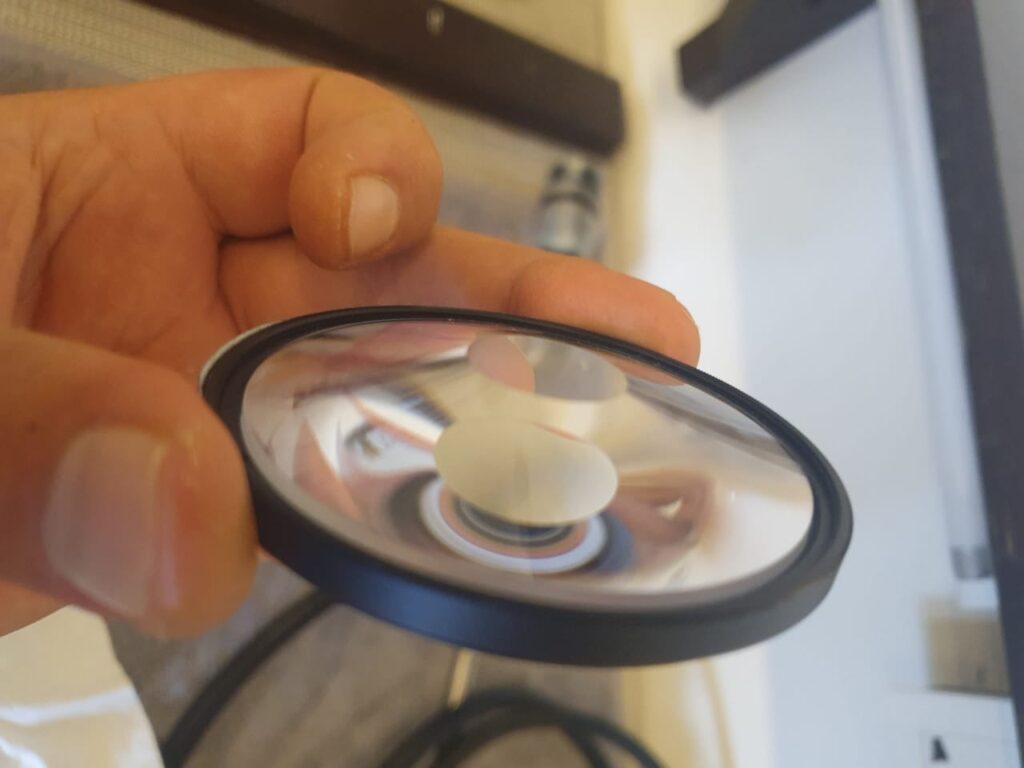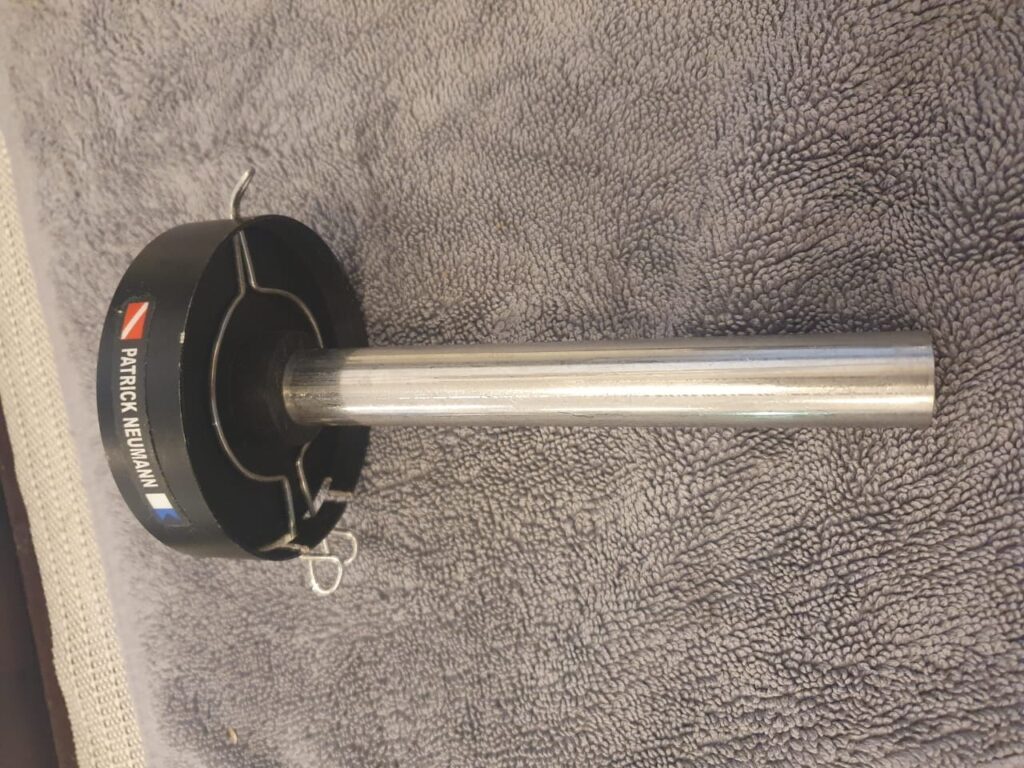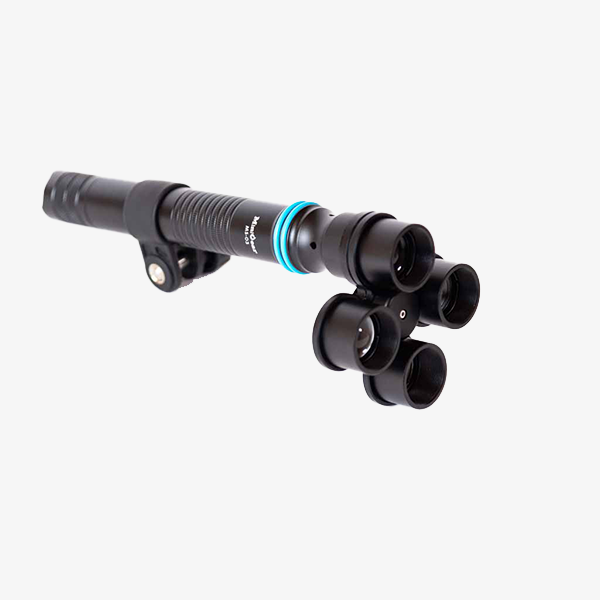Creative Optics, Diopters, and Unconventional Tools for Underwater Photography

What’s in your gear bag? If you’re heading into a shootout like REAL FOCUS, chances are you’ve already packed your tried-and-true setup: your go-to macro lens, a few lights, and maybe a trusty diopter. But while technical mastery matters, creative vision often starts with what you bring to the dive. This resource series will help you think beyond standard kit and explore gear choices that could elevate your submissions — not through gimmicks, but through intention.
Let’s dive into the tools that can help you express something different beneath the surface.
The Diopter Debate: Magnify with Purpose
In a macro competition, diopters are often the first special tool to get packed — and for good reason. These close-up lenses help you punch in tighter, revealing textures and behaviour that might otherwise be lost. But not all diopters are created equal.
- +5 to +10 wet diopters are the go-to for flexibility and ease. Brands like Nauticam and Kraken offer solid options with minimal distortion and flip adapters for convenience.
- Stacking two diopters may seem tempting, but be careful — it can compromise image quality unless perfectly aligned.
- Consider the working distance: strong diopters often shorten this, making lighting trickier and subject approach more delicate. Practice on land first or in a pool if possible.

Pro Tip: In REAL FOCUS, you may need to record behaviour or identifiable traits — so while getting close is key, framing with clarity is just as crucial for science-based data.
Focal Length Fundamentals: What Lens is Best?
Most shooters gravitate toward a 60mm or 100/105mm macro lens — both work well for macro, but each offers different advantages.
- 60mm is more forgiving for shy or fast critters, especially in low viz. Great for nudibranchs, frogfish, and tight reef scenes.
- 100mm/105mm lenses give you that tighter composition and background separation — perfect for tiny shrimps, gobies, and fish with shy behaviour patterns. Just note that the longer focal length requires steadier hands and more patience with the current.
If you’re heading to Lembeh or Anilao for REAL FOCUS, bring both, if possible. Having the flexibility will let you adapt to different critters and settings.
Manual Lenses, Reverse Rings, and Vintage Options
Want to really stand out? Go manual. Reverse-mounting a lens with an adapter ring (especially a 28mm or 50mm) can create incredibly shallow DOF with dreamy bokeh, perfect for abstract interpretations. It’s tricky — you’ll need to manage focus and aperture manually — but the results can be stunningly different.
Other experimental options include:
- Old manual macro lenses that have unique optical quirks.
- Tilt-shift or lens-baby type adapters (some are waterproofed for use in housings with DIY setups).
These aren’t competition “hacks” — they’re creative tools. If you’re confident in manual exposure and pre-focus zones, you could produce some of the most memorable images during the event.



Think BIG: C.F.W.A. in a Macro World?
Yes, Close Focus Wide Angle (CFWA) can still be a contender. With a wide lens and dome port, you can capture critters in their environment — especially cooperative ones like octopus, mantis shrimp, or even mating nudis.
What you need:
- A wide lens with excellent close-focus capabilities (e.g. Tokina 10–17mm, or a fisheye prime).
- Mini-dome or extension port to maintain optical quality.
- Skill in lighting — strobes must be placed to highlight both subject and environment without shadows or backscatter.
Use it sparingly, but when the scene calls for it — CFWA can elevate macro behaviour into a full story.
Filters, Colours, and Artificial Backdrops
Using colour filters like blue, green, or red gels can help shift the mood and isolate subjects. Just be cautious — ethics and science matter here. Any effect should enhance, not distort, natural behaviours or identification.
Creative use of:
- Black backgrounds using snoots or handheld slates.
- Coloured slates or gels to introduce visual contrast without editing in post.
- Reflective materials (like old CDs or metallic mesh) to create bokeh and flares for backdrops.
These tools need experimentation and restraint, but can make your images leap off the screen without crossing ethical boundaries.
“Other Toys”: Probes, Periscopes, and DIY Mods
Let’s get weird. Want a perspective nobody else has?
- Laowa Probe Lens (if housed) allows you to get inside the environment, peeking into holes, bottles, or corals. Very few use it underwater due to size, but it’s a visual disruptor in the right hands.
- Periscope DIY tools using mirrors to shoot from strange angles (used in wildlife and insect macro) can be tested in tide pools or shallow dive sites.
- Micro dome diffusers to create soft, dreamy light effects in close quarters.
If your shot tells a true story, but in an entirely fresh way, you’ll earn both points and admiration.
Final Thoughts
Don’t just pack gear to tick boxes — pack it to tell stories. Whether you’re using a classic macro lens or a wild reverse-mount adapter, your intention behind the frame is what matters most. Ask yourself:
- Does this help reveal behaviour or emotion?
- Is this tool adding clarity or just effect?
- Will this image help someone see this creature differently?
Because at REAL FOCUS, we’re not just capturing beauty — we’re changing the way people perceive the reef.